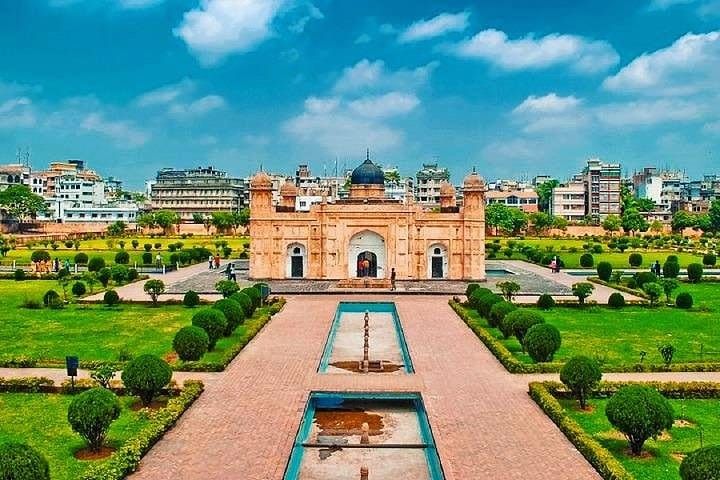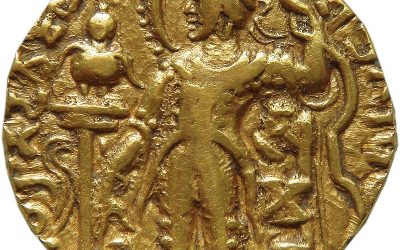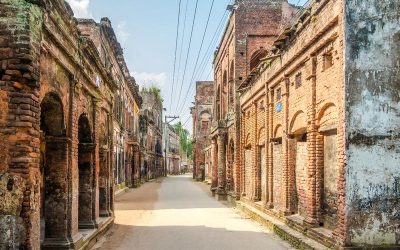The Lalbagh Fort in Bangladesh is a historical site that has long captured the imagination of people. Located in the capital city of Dhaka, the fort is a testament to the unfulfilled dreams of Prince Muhammad Azam Shah, the beloved son of Emperor Aurangzeb. According to legend, Azam Shah began construction on the impressive fort complex in the mid-17th century while serving as the Viceroy of Bengal. However, before the construction was completed, he was called back to his father to assist in a war against the Marathas. After Azam Shah’s departure, the construction of the fort was continued by Nawab Shaista Khan, but was ultimately halted after the untimely death of his daughter, Iran-Dukht, also known as Pari Bibi.
There are many debates and legends surrounding the identity of Pari Bibi, with some researchers claiming that she was a nine-year-old Ahom princess who was captured during a war and later converted to Islam and married to Prince Azam. However, the most widely accepted theory is that she was the daughter of Nawab Shaista Khan.
Despite the fort’s incomplete construction, it is still an impressive and imposing structure, with grand gates, high walls, and several impressive buildings within its walls. The fort’s main entrance, the Hathi Gate, is a grand archway that is adorned with intricate carvings and decorations. Within the walls of the fort, visitors can see a number of impressive buildings, including the Diwan-i-Aam, the Diwan-i-Khas, and the Hammam. The Diwan-i-Aam, or the Hall of Public Audience, was used by the Mughal rulers to receive visitors and conduct public business. The Diwan-i-Khas, or the Hall of Private Audience, was reserved for the Mughal rulers to hold private meetings with their advisors and other important officials. The Hammam, or bath house, was a place where the Mughal rulers could relax and refresh themselves.
In addition to its impressive buildings, the Lalbagh Fort is also known for its underground passages, which are believed to lead to India and were used as mazes to confuse and trap invaders. There are also stories of the passages being used to escape during the Sepoy Revolution of 1857, and of Prince Azam and his son, Prince Bidar Bakht, getting lost in the passages and never returning. Despite these myths and legends, the true purpose and history of the Lalbagh Fort remains shrouded in mystery.
Today, the Lalbagh Fort is a popular tourist attraction in Bangladesh, and visitors can explore the fort’s grounds and buildings, taking in the grandeur of its architecture and learning about its rich history. The fort is also home to a number of cultural events and festivals throughout the year, including concerts, theater performances, and art exhibits.
.











